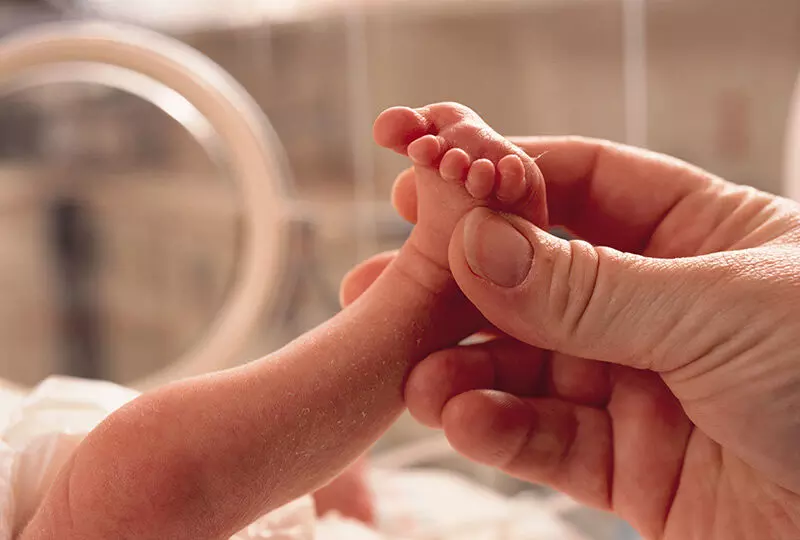AP woman delivers baby after cervical cancer recovery
Early screening, detection, treatment and advanced risk management are vital for the cure of cancer
By Neelambaran A
Representational Image.
Hyderabad: Among Indian women, cervical cancer is the second most common cancer, next only to breast cancer.
India accounts for 25 per cent of deaths across the world due to cervical cancer. Cervical cancer severely affects the ability of a woman to conceive, but technological development has increased hope for protecting fertility.
A 27-year-old woman from Andhra Pradesh, treated for cervical cancer has delivered a healthy child, with two preserved embryos, after the removal of the cancerous part of the uterus. She had suffered a miscarriage during her first pregnancy and was diagnosed with cervical cancer.
While she was suggested to get her uterus removed, the technical advancements and timely intervention of doctors resulted in her bearing a child.
Early screening, detection, treatment and advanced risk management are vital for the cure, even as the occurrence of the cancer is reducing.
Symptoms of cervical cancer
Cervical cancer instances have reduced in India with effective screening methods, vaccination and awareness. The primary reason for the cancer is considered to be the human papillomavirus (HPV).
“We are now seeing more cases of endometrial carcinoma, where the uterus is affected first. The symptoms include intermenstrual and postcoital bleeding roughly cervical cancer. Immediate biopsy tests can identify the prevalence and be treated- earlier,” Dr Vasundara said.
Hysterectomy considered among the options
According to case reports, the woman from the West Godavari district was planning to undergo a hysterectomy after she was diagnosed with cervical cancer. The procedure would have eliminated the possibility of getting pregnant.
Instead, Dr Vasundara Cheepurapalli, senior consultant gynaecologist, and robotic and laparoscopic surgeon at KIM Cuddles, Hyderabad suggested uterus transplant or radical hysterectomy.
“We carefully identified and removed only the cancerous part, preserving the uterus. Since the biopsy tests confirmed that the cancer had not spread, we continued the treatment,” explained Dr Vasundara, who carried out the procedure.
Embryos preserved ahead of surgery
The doctors, ahead of the robotic surgery to remove the cancerous part of the uterus, preserved two embryos.
“After 6 months, another biopsy was carried out and the results were negative. Then two embryos were transplanted for increased possibilities of pregnancy. Since her uterus was not capable of carrying two full-grown babies, foetal reduction was carried out,” Dr Vasundara explained.
Anticipating a preterm delivery, the patient was administered an injection for foetal lung maturity after 32 weeks.
“Fortunately, she carried for 37 weeks and a C-section was performed. The baby is healthy,” Dr Vasundara said.